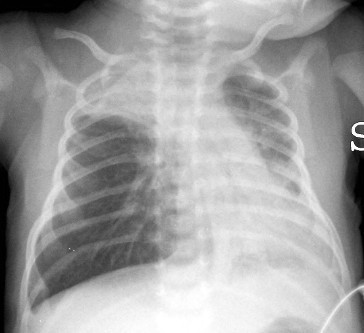Hey people, the picture above looks scary right? I don't mean the aliens, i mean the air pollution! Smog hanging over cities is the most familiar and obvious form of air pollution. But there are different kinds of pollution—some visible, some invisible—that contribute to global warming. Generally any substance that people introduce into the atmosphere that has damaging effects on living things and the environment is considered air pollution. people realise the adverse effects of of pollutants on the air we breathe through :
Education
The only way for people to begin to realise the adverse effects of air pollutants is through educating them.By educating them, it would highlightthe seriousness of air pollution. Although most people are familiar with air pollution and how it occurs, and are generally aware of its effects, many would rather turn their heads the other way rather than deal with this ever growing problem. Only when people understand the seriousness of an object they will then take action to prevent it or potect it from further damages.The only way to truly overcome this problem is to start with the young: if we, collectively, can get our descendants to permanently change their ways by learning from our mistakes, then perhaps there is still hope for our planet – and ourselves.
People would distinctly realise the effects
of air pollution through the detioration of their health.Different groups of individuals
are affected by air pollution in different ways. Some individuals are much more sensitive
to pollutants than others.Young children and
elderly people often suffer more from the
effects of air pollution. People with health
problems may also suffer more when the
air is polluted.
Short term effects
- irritation to the eyes, nose and throat
- respiratory infections bronchitis and pneumonia
- headaches
- nausea
- allergic reactions
Long-term health effects
 chronic respiratory disease
chronic respiratory disease- lung cancer, heart disease
- damage to the brain, nerves, liver, or kidneys.
- Continual exposure to air pollution affects the lungs of growing children
- aggravate or complicate medical conditions in the elderly.
http://www.lbl.gov/Education/ELSI/Frames/pollution-health-effects-f.html
Living Environment
Very often air pollution works hand in hand with the environment we live in. Therefore, by observing our environment, we can realise traces of air pollution that has left its mark on us.
Acid Rain
Acid rain is caused by a chemical reaction that begins when compounds like sulfur dioxide and nitrogen oxides are released into the air. These substances can rise very high into the atmosphere, where they mix and react with water, oxygen, and other chemicals to form more acidic pollutants.
Acid rain has adverse effects on :
- Forests & other vegetation
- Freshwater lakes & streams destroying aquatic life
- Soil
- Buildings & materials
Global warming
 Air pollution is responsible for global warming. This phenomena leads to the gradual but persistent increase of the temperature of our planet. It has already started affecting entire ecosystems, and unless it is stopped, it will melt the polar ice caps which will raise sea levels which causes flooding in coastal cities .
Air pollution is responsible for global warming. This phenomena leads to the gradual but persistent increase of the temperature of our planet. It has already started affecting entire ecosystems, and unless it is stopped, it will melt the polar ice caps which will raise sea levels which causes flooding in coastal cities .News, Internet
We can also detect the effects of pollutants in the air we breathe through watching and reading weather reports that appear on tv and newspaper. Now as techonolgy is so advanced going onto internet to check the air quality index is easy peasy. Singapore uses the Pollutant Standards Index to report on its air quality.
0-50 Good
51-100 Moderate
101-200 Unhealthy
201-300 Very Unhealthy
301-400 Hazardous
Above 400 Hazardous
In conclusion, the general public gave to be observant and take precautionary measures towards air pollution. It may seem small at first but can cost extensive damages to the surronding around us and our healths.

















